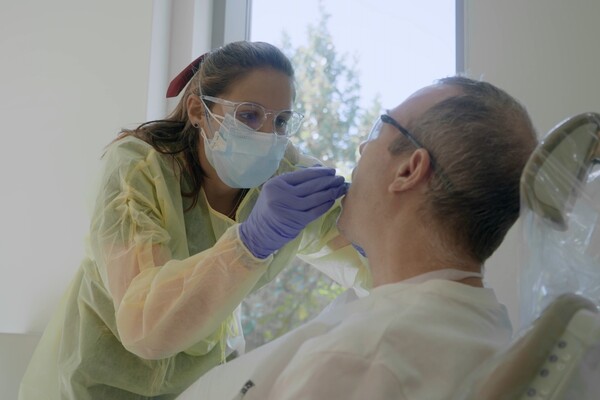
Student training is a large component of an increasing focus on care for people with disabilities at the School of Dental Medicine. (Image: Courtesy of Dentsply Sirona)

Student training is a large component of an increasing focus on care for people with disabilities at the School of Dental Medicine. (Image: Courtesy of Dentsply Sirona)
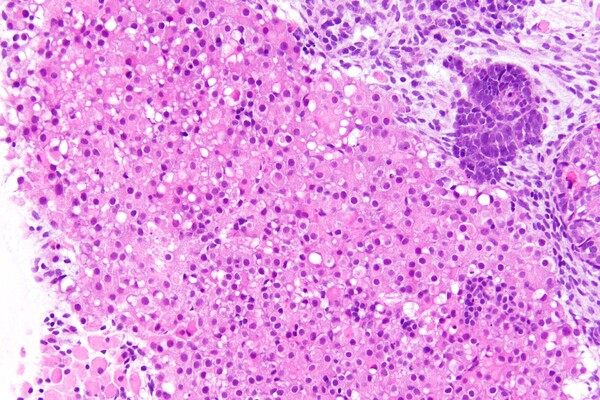
The structure and function of adrenal gland ‘organoids’ grown in a petri dish at the School of Veterinary Medicine closely replicated that of the human adrenal gland, according to a new study. (Image: Courtesy of the Sasaki laboratory)

Beans Velocci, a faculty member in the Department of History and Sociology of Science, studies the complex and conflicting ways gender and sex have been investigated and represented by scientists and medical professionals.
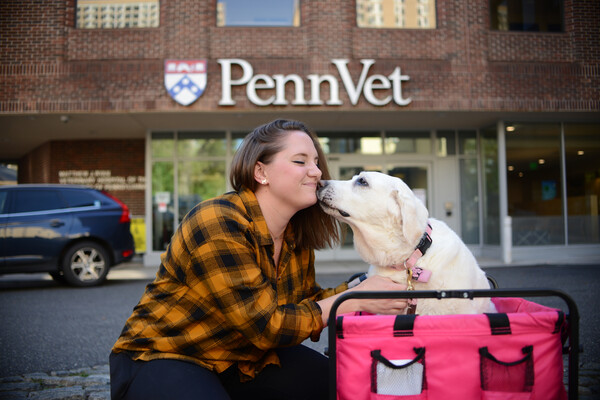
(Homepage image) Meg Ruller, a 2018 graduate of the School of Veterinary Medicine, calls the FLASH trials “a fantastic opportunity” for Maple to receive a cutting-edge treatment—and to contribute to a scientific understanding of how FLASH radiation might help others in the future.

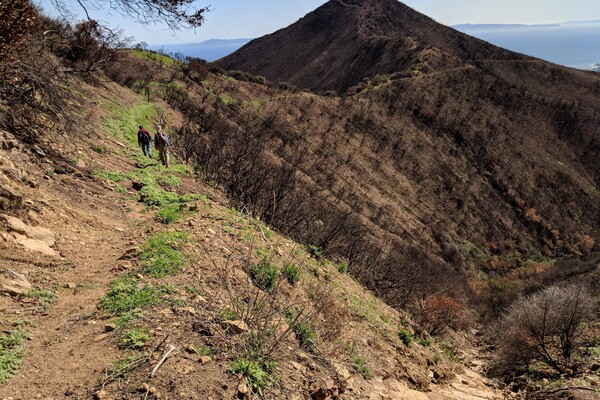
The Thomas Fire charred the hillsides above Montecito in late 2017, setting up conditions for mudslides in early 2018. (Image: Douglas Jerolmack)
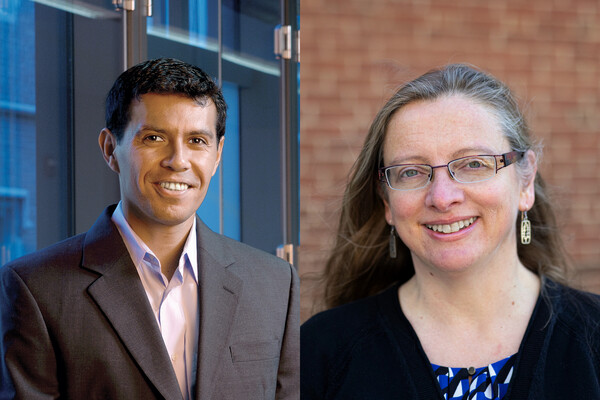
Paulo Arratia and Evelyn Thomson have been recognized as American Physical Society Fellows for 2022.
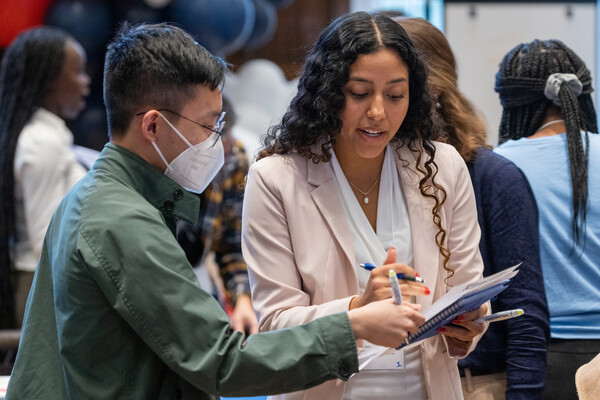
Ice breaker activities helped the students connect, building relationships that the DEEPenn STEM organizers hope serve them well as they navigate an entry into scientific graduate work and beyond. (Image: Lamont Abrams)

Researchers have learned much from treating dogs like Fantine, a golden retriever owned by Penn Vet supporter Richard Lichter, with immunotherapies for cancer, in part because tumors in dogs can closely resemble those in humans. With new support from the National Institutes of Health, a Penn-led team is ensuring such lessons can effectively translate into new therapeutic approaches. (Image: John Donges/Penn Vet)
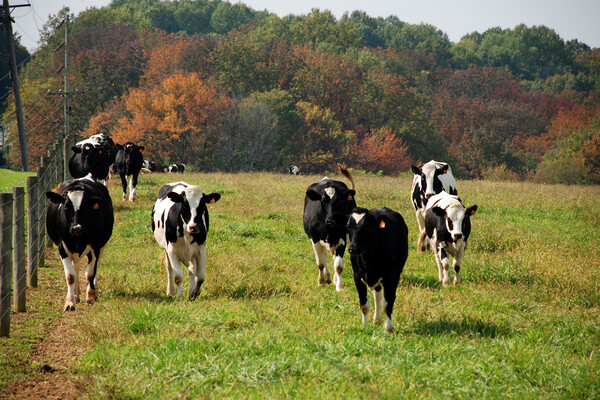
(Homepage image) Cattle contribute a quarter of agriculture’s greenhouse gas emissions, yet animal protein can be an invaluable source of nutrition and way of combatting malnutrition around the globe. The new Center’s work is stepping into this tension, says Parsons, to address “a generational challenge.” (Image: Penn Vet)